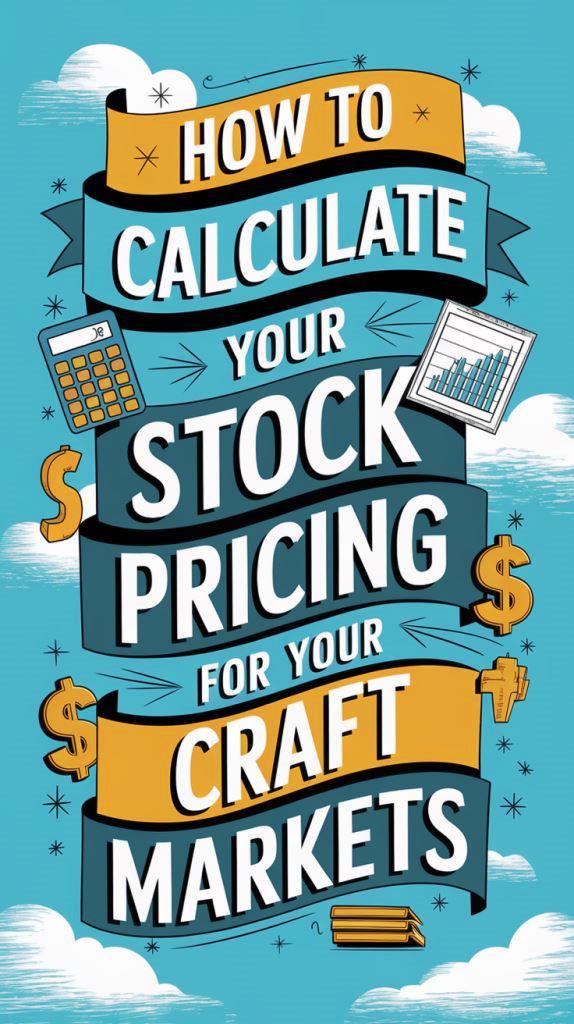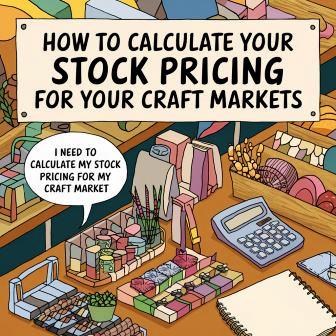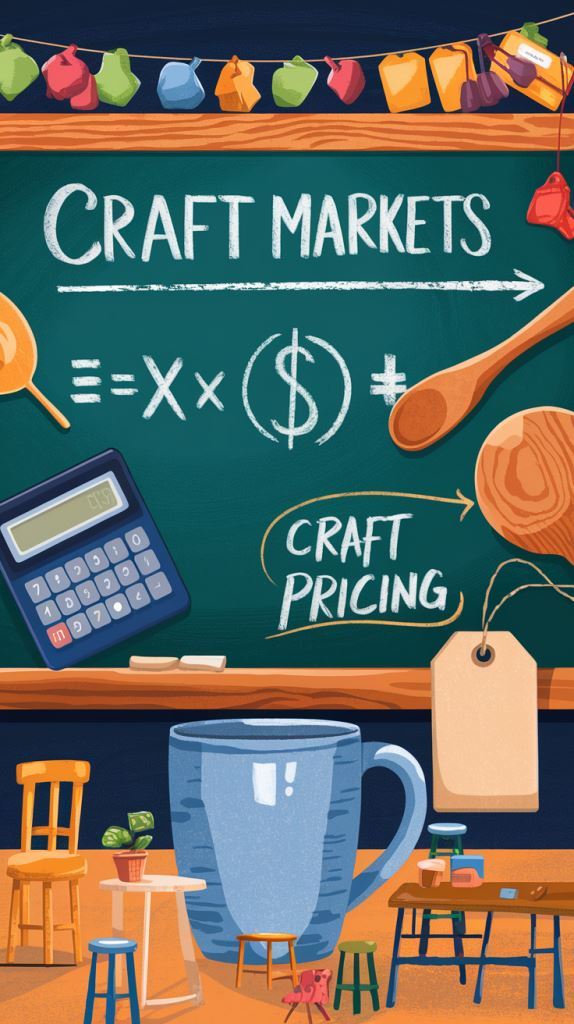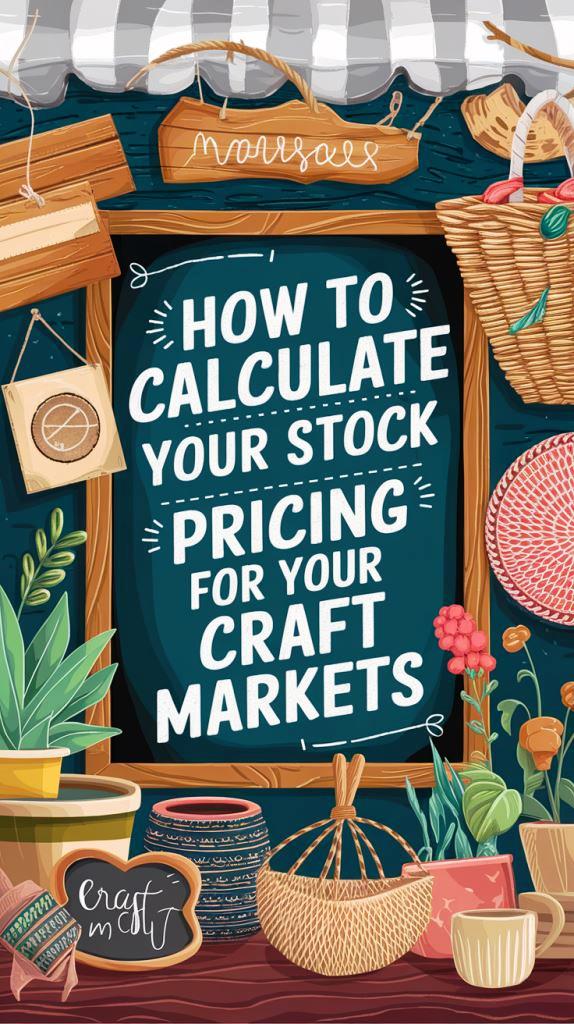
Stock pricing is imperative for ensuring that your craft business remains profitable while still being attractive to customers.
 As a crafter, you want to price your items fairly, reflecting the effort, materials, and creativity that went into each piece. Here’s a comprehensive guide to help you calculate an appropriate price for your products at craft markets.
As a crafter, you want to price your items fairly, reflecting the effort, materials, and creativity that went into each piece. Here’s a comprehensive guide to help you calculate an appropriate price for your products at craft markets.
First, start by calculating the cost of materials for each item.
This includes everything from the main materials to any extras like packaging or embellishments.
For example, if you are making handmade jewelry, consider the cost of beads, wires, and any special tools needed for assembly.
It’s also wise to factor in the price of supplies consumed while making your item, even if they are only used partially. This will give you a clear baseline of what it costs you to create your craft product.
Next, think about the time you invest in each item. If it takes you five hours to create a unique piece, you should assign a value to your time.
 Determine a reasonable hourly wage for yourself and multiply that by the time it took to make the item.
Determine a reasonable hourly wage for yourself and multiply that by the time it took to make the item.
For instance, if you decide your time is worth $15 per hour, then your labor cost for that five-hour piece is $75.
The sum of your materials cost and labor cost gives you a total cost for that item.
After figuring out your total cost, it’s time to set a profit margin.
This is where you determine how much profit you want to make on each item.
Many artisans choose a markup of 50% to 100% based on their production costs. For example, if your total cost was $100, adding a 50% markup would result in a selling price of $150.
Make sure to research similar products in your market to see what price points are typical, which can guide your decision on an appropriate markup.
Additionally, consider overhead costs. Overhead includes expenses that aren’t directly tied to each product but are imperative for your business, such as booth fees, licensing, insurance, or marketing materials.
To factor in these costs, calculate your total overhead for a given period (such as monthly) and divide it by the number of items you expect to sell during that time. Adding this to your item price ensures that your overall expenses are accounted for.
Once you have your costs figured out, draft a pricing strategy.
 This could involve setting tiered pricing for different types of products, offering bundles, or even seasonal discounts.
This could involve setting tiered pricing for different types of products, offering bundles, or even seasonal discounts.
Flexibility in pricing can help you attract different customer segments and adjust based on your sales performance at various markets.
Finally, being transparent about your pricing can foster trust with your customers.
Sharing your crafting process and what goes into your pricing can help customers appreciate the value of handmade goods.
Always be open to feedback about pricing, as customer reactions can guide future pricing decisions as well.
In summation, accurately calculating your stock pricing is foundational for your craft market success.
By considering material costs, time invested, overhead, and desired profit margins, you can set prices that ensure your craft business flourishes.





















